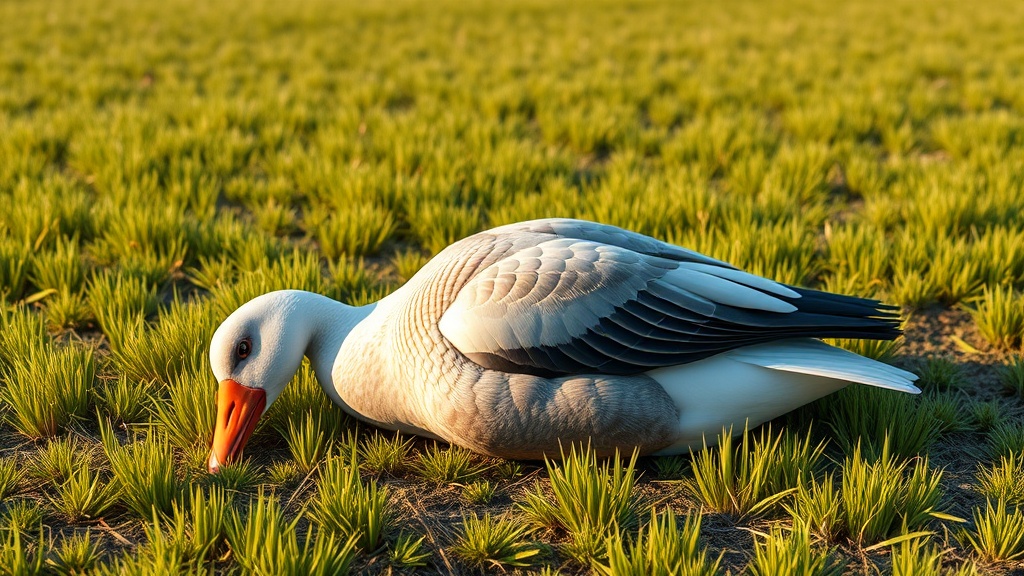Home / Health / Avian Flu Found in Wild Geese in Rural Washington
Avian Flu Found in Wild Geese in Rural Washington
10 Oct
Summary
- Bird flu discovered in dead geese in Whitman County, Washington
- Public health officials advise caution when handling sick or dead wildlife
- Migratory birds spreading avian influenza across the region

According to a community health alert issued on October 10, 2025, the Whitman County Public Health District has confirmed the presence of bird flu in wild geese in a rural area just outside of Pullman, Washington. The district is advising local residents to avoid approaching or handling any sick or dead wildlife they may encounter.
For those who must interact with potentially infected animals due to their jobs or recreational activities like hunting, the health officials recommend wearing personal protective equipment such as latex gloves and N95 respirators. Chris Skidmore, the director of the Whitman County Public Health District, explained that the geese were found dead in one of the county's rural communities.
Skidmore noted that the current situation is a result of the ongoing migration of birds heading south for the winter, which has led to the spread of the highly pathogenic H5N1 strain of avian influenza across wild bird populations. While it is rare for humans to contract the virus, the district is urging caution to prevent potential exposure.




